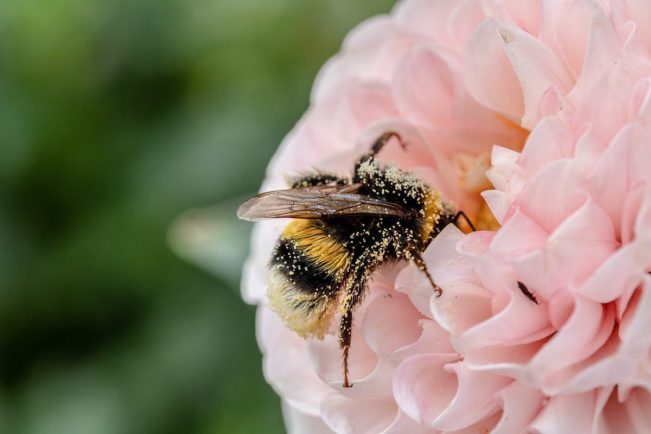As we become increasingly aware of the importance of environmental sustainability, many of us are looking for ways to reduce our carbon footprint and live more eco-friendly lifestyles.
One often overlooked aspect of sustainable living is the design of our outdoor spaces.
By incorporating eco-friendly elements into our garden design, we can create a haven that not only benefits the environment but also provides a peaceful retreat for ourselves.
When it comes to designing an eco-friendly garden, there are several key considerations to keep in mind. Here are some tips to get you started:
Choose Sustainable Materials
When selecting materials for your garden, opt for sustainable, locally sourced options whenever possible. Natural stone tiles, for example, is a great choice for pathways and patios. Not only is it durable and low maintenance, but it also blends seamlessly into the natural environment. Consider using reclaimed or recycled materials for other elements, such as planters, benches, and fencing.
Conserve Water
Water conservation is crucial in any eco-friendly garden. Install a rainwater harvesting system to collect and store rainwater for irrigation purposes. This will significantly reduce your reliance on municipal water supplies. Additionally, choose drought-tolerant plants that require minimal watering, and incorporate mulch and compost to retain moisture in the soil.
Create a Wildlife-Friendly Habitat
By incorporating native plants, trees, and shrubs into your garden design, you can create a haven for local wildlife. This not only supports biodiversity but also provides a natural pest control system, reducing the need for chemical pesticides and fertilizers. Consider incorporating a pond or water feature to attract beneficial insects and provide a source of water for birds and other wildlife.
Incorporate Composting and Recycling
Composting and recycling are essential components of any eco-friendly garden. Set up a compost bin to turn food waste and yard trimmings into nutrient-rich fertilizer for your plants. Additionally, consider repurposing materials like old pallets, containers, and cardboard to create planters, trellises, and other garden features.
Opt for Energy-Efficient Lighting
When it comes to outdoor lighting, opt for energy-efficient options like solar-powered lights or low-voltage LED lights. These not only reduce energy consumption but also minimize light pollution, allowing you to enjoy the beauty of the night sky.
Design for Biodiversity
Aim to create a diverse range of habitats within your garden, incorporating different textures, colors, and heights. This will attract a wide range of beneficial insects, birds, and other wildlife, creating a thriving ecosystem. Consider incorporating a meadow or wildflower area, which will provide a habitat for pollinators and other beneficial insects.
Maintain Your Garden Sustainably
Finally, maintain your garden using sustainable practices. Avoid using chemical pesticides and fertilizers, opting instead for natural, organic alternatives. Mulch and compost regularly to retain moisture and suppress weeds, and consider incorporating a manual or electric lawn mower to reduce emissions.
By incorporating these eco-friendly elements into your garden design, you can create a haven that not only benefits the environment but also provides a peaceful retreat for yourself.
So why not start planning your sustainable garden today and grow a greener future for generations to come?










